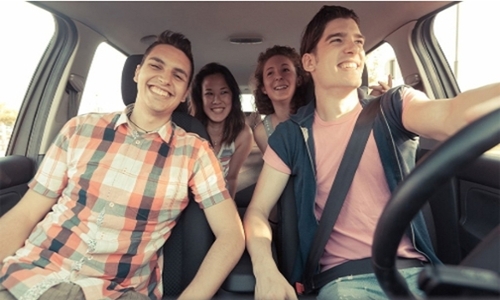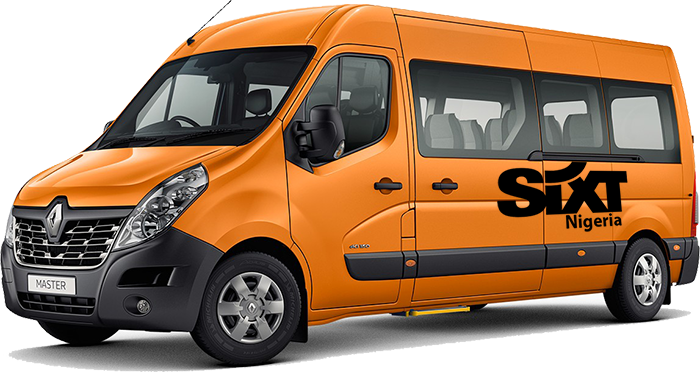
Large companies in most major cities in Nigeria count employee transportation as one of their three biggest costs. Workers at a typical large business use a variety of ways to get to work, including their own cars, shuttle/bus services provided by the company, paid taxi services, and public transportation. Transportation costs have a direct effect on what is most important, final, and money-making, and transportation facilities have a direct effect on how engaged employees are. This is not a clear, honest, or easy way to cut transportation costs, and if it's not done right, it could hurt employee engagement. So far, it's strange that these companies haven't taken advantage of the chance to cut costs as much as possible by making the most of the value that comes from shared employee transportation and making use of the things that workers can do in their own cars. So, the chance to lower transportation costs for the company hasn't been fully taken advantage of, and workers who use their own cars still have to pay the high costs that come with using a dedicated vehicle. What if the organization's main goal was to get as many people to work as possible by filling empty seats in workers' cars? [There are raised, flat surfaces that help with this, and one of them is GomywayRide http://gomywayride.com; links are at the end of this post for those who are interested.] When it's no longer possible to save money by sharing rides, the next best thing might be to set aside and give company-provided transportation to the people who still couldn't find a way to share. This could be given out quickly and energetically as needed based on data about demand that is happening or can be seen right away. When looked at more closely, ridesharing has these direct benefits: The company saves money on the cost of transportation for its employees. Workers who drive to work can see the value of getting their gas and maintenance costs back. It lowers costs for both the Passenger (the person who wants a ride) and the Rider (the person who wants to give a ride). This means that both can make more money with the same amount of money. Ride-sharing can be an alternative for workers who don't want to take a taxi, even if the worker pays for it instead of the company. Ride-sharing lets workers travel with other workers, who would have to travel with a stranger otherwise (cab-driver). The first option is much safer than travelling with people you don't know. Increases employee engagement by giving them more chances to interact with their coworkers. Along the way, this helps to build informal networks within the organisation and on project teams. Keeping an employee who is engaged and has a lot of connections within the company is easier, which has a positive effect on the employee retention rate. If businesses or projects offer the right kinds of (rewards or reasons to do something) for sharing rides (or (things that make you less likely to do something), for not sharing rides, they stand to save a lot of money. Providing (rewards or reasons to do something) like first-come, first-served parking for shared cars and occasionally giving Green Fights to workers who log the most shared miles may be a good way to get people into the habit and show it in a good way. A (map of roads/plan for doing something) to reduce the need for parking spaces or a programme that makes car parks available on a weekly rotation may also be good ways to get people to share rides more. Given all of the above benefits that come at no extra cost (and sometimes even lower costs), shouldn't organisations make a serious effort to (help increase/show in a good way) technology-enabled ride-sharing among their workers?



